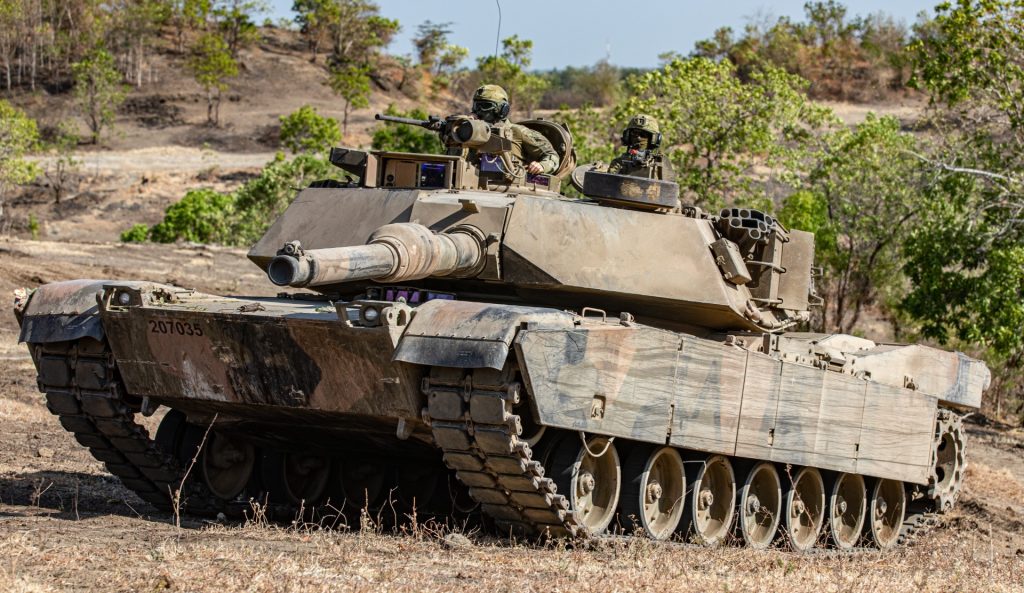The Abrams in question is among 31 tanks supplied to Ukraine by the United States.
Others are reading now
The war in Ukraine has become a defining conflict of the modern era, reshaping global alliances and bringing advanced military technology to the forefront of warfare.
Nations supporting Ukraine have supplied sophisticated weapons to bolster its defenses, while Russia has sought to adapt and counter these advancements.
Amid the battles, the capture of high-tech military equipment has become a strategic focus, offering opportunities to analyze and potentially replicate cutting-edge designs.
Captured Abrams Tank in Russia
Reports indicate that a captured M1A1 Abrams tank from the Ukrainian battlefield has been transported to Nizhny Tagil, a city renowned for its tank production facilities.
Also read
This includes Uralvagonzavod, Russia’s key manufacturer of armored vehicles.
Sources suggest that the tank, likely one of the least damaged captured in Ukraine, is now being subjected to reverse engineering, according to WP.
This development follows a pattern, as Russian engineers had previously examined a Leopard 2A6 tank of German origin captured under similar circumstances.
The Abrams in question is among 31 tanks supplied to Ukraine by the United States, with reports indicating that over half of these have been destroyed in combat.
The M1A1 Abrams, introduced in 1985, represents the pinnacle of U.S. tank engineering during the Cold War.
Equipped with a 120mm smoothbore cannon, 12.7mm and 7.62mm machine guns, and advanced composite armor, it is renowned for its firepower and durability.
The Ukrainian versions were modified with tungsten armor inserts, replacing the standard depleted uranium, to minimize risks if captured.
Powered by a 1,500-horsepower Honeywell AGT-1500 gas turbine engine, the Abrams combines speed, agility, and stability, making it a formidable force on the battlefield.
The tank’s presence in Russian hands underscores the high stakes of modern warfare, where the capture and study of advanced military assets can significantly influence future technological developments.



